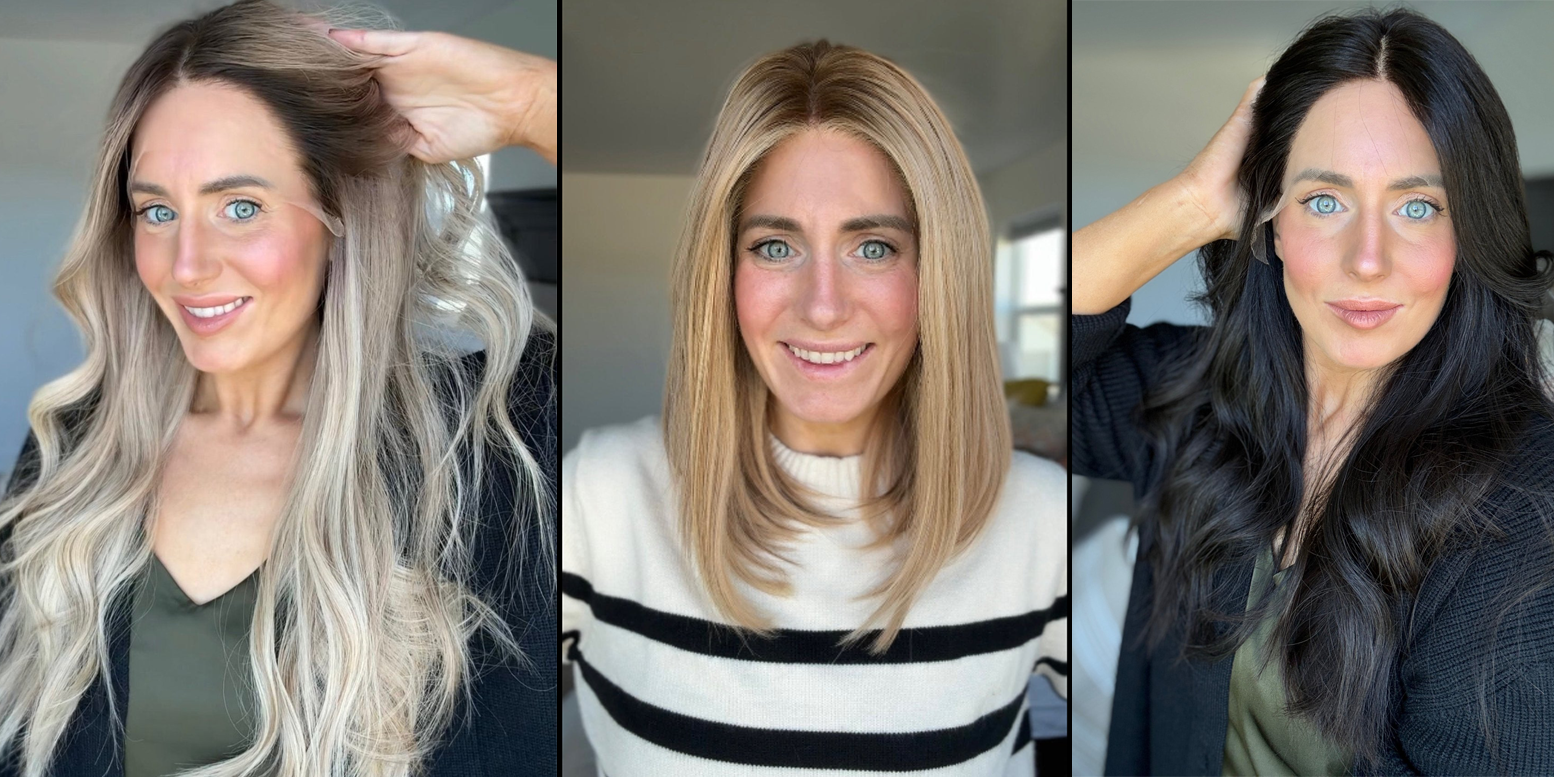Wigs have continuously improved over many generations. Today, the primary goal is to create wigs that are as realistic and unnoticeable as possible. Historically, wigs have been made from various materials, including horsehair, wool, and other fibers. Currently, wigs can be categorized into three main types: synthetic, human hair, or a combination of both.
Despite the advancements that have transformed wigs into works of art, the reasons for wearing them remain largely unchanged. Throughout history, men and women have worn wigs for various reasons, including balding, wealth, status, authority, or as part of official uniforms in some countries’ courtrooms. Today, the primary motivations for wearing wigs include hair loss and the desire to change one’s appearance without damaging natural hair. In contemporary society, switching up your look on a whim is perfectly acceptable, whether through color, cuts, or new styles. However, frequent changes can stress your hair, making wigs a convenient alternative, allowing you to easily achieve multiple looks.
Regardless of the reason for wearing a wig, each type of wig fiber has pros and cons.
Synthetic hair fibers have improved significantly over the years and now include heat-resistant variants. Synthetic wigs are generally more cost-effective and require lower maintenance. Their styles tend to hold well even when exposed to moisture, such as rain, and retain their shape afterward.
However, when it comes to texture, appearance, and styling versatility, human hair wigs are considered the superior choice. Human hair offers the most realistic look, making it difficult for others to tell that it’s a wig. With proper care, you can style a human hair wig just like your own hair, allowing for customized cuts and colors that suit your desired look. Human hair wigs provide a very natural appearance and can be washed and treated just like your real hair.
As you embark on the journey of finding the ideal fiber for your wig, it’s crucial to reflect on your ultimate purpose for the wig. Will it serve as an accessory for special occasions, or do you envision wearing it regularly, blending seamlessly into your everyday life? If your intention is to wear it often, you likely desire a look that is so convincing that others won’t suspect it’s not your natural hair. It is essential for the wig to not only appear realistic but also feel soft and luxurious to the touch, giving you the freedom to run your fingers through it just like you would with genuine hair. This way, you can enjoy both comfort and confidence in your choice.
Article provided by Dejaco Hair

